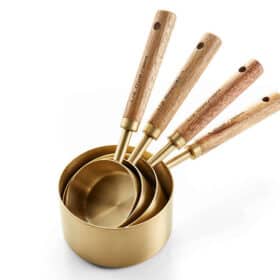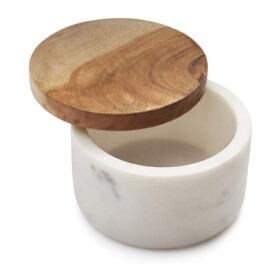Asian Salmon Recipe
This Asian Salmon is one of many salmon recipes I have coming your way! When I was 14, my family took a vacation to Alaska. It is one of the most gorgeous places I have ever seen – so picture perfect – crystal clear water, sprawling blue skies, mountains blanketed in trees as far as you can see, even dolphins jumping in the otherwise calm ocean. Once my parents tasted a piece of this icelandic heaven, they have returned every year to go fishing. In fact, they will just be landing back home when this posts. And with them will be boxes of salmon. Before they flew to Alaska, they needed to make room in their freezer for their new captures, so I was more than happy to relocate their remaining Alaskan salmon and create THIS Asian Salmon Recipe. This Sticky Asian Salmon recipe is pretty much amazing. And pretty much more delicious than the best restaurant salmon you have ever tasted. Now, I realize that’s a tall claim. But I stand by it. You’re just going to have to trust me until you make it yourself :).
Sticky GLAZE for Asian Salmon
The Asian Salmon is what it is due to the enticing Asian Sticky Sauce. It is made with apricot preserves, soy sauce, rice vinegar, sesame oil, ginger, garlic, brown sugar and sriracha = LOVE! I may or may not have licked my plate clean. Ingredients for Sticky Asian Glaze:
Apricot preserves: they are my secret ingredient in many sauces as they offer subtle fruity flavor instead of just adding more sugar. Soy sauce: please use less sodium soy sauce so your Asian Salmon isn’t too salty. You may substitute tamari for gluten free sauce. Rice vinegar: use unseasoned rice vinegar for best result. Sesame oil: adds a nutty sesame flavor. You can find sesame oil in the Asian section of your grocery store. Brown sugar: is the sweet ying to the soy and rice vinegar yang. Asian chili sauce: you can use Sambal Oelek or Sriracha. Use more or less to taste. Seasonings: Garlic powder, onion powder, ground ginger and pepper round out our sticky Asian sauce with their complex flavors.
What to Serve with Asian Salmon
The Asian Salmon slathered in plate licking worthy sauce is complimented, brightened, and enhanced by the sweet, refreshing easy salsa of blueberries, pineapple and red bell peppers mixed with a smidgen of apricot preserves. Please make them together because the multi-dimensional sweet and spicy salmon with the fresh salsa make each other better – even if you didn’t think it was possible! This Sweet and Spicy Asian Salmon with Blueberry Pineapple Salsa will make you feel as if you’ve been transported to the finest restaurant in Alaska, eating the finest fish prepared by the finest cook – AKA -you! From personal experience, it may or may not leave you licking your plate clean. Asian Salmon is also delicious with rice, Asian noodles, stir fried vegetables or Asian Salad.
How to make Asian Salmon
Make Asian salmon marinade. Whisk together all of the marinade/sauce ingredients EXCEPT for the cornstarch. Add ⅓ cup of marinade to a freezer bag with salmon. Reserve the rest to make the glaze. Let salmon come to room temperature. Marinate salmon at room temperature for 30 minutes. This allows the salmon to come to room temperature so it will cook evenly. Pat off excess marinade. Pat salmon dry with paper towels before adding to the skillet because moist salmon are more likely to stick to the pan. Wait for a hot pan: Heat ½ tablespoon sesame oil in a nonstick ovenproof skillet over medium-high heat until the oil is shimmering but not smoking. A hot pan doesn’t mean high heat, otherwise your salmon will burn on the outside and remain raw on the inside. Instead, a hot pan means waiting until your pan is hot before anything touches the pan. A hot pan keeps the salmon crispy on the outside and seals in the moisture. Transfer salmon to oven. I love searing my salmon on the stove then transferring it to the oven. This method produces BOTH a caramelized seared crust and evenly baked salmon. If you don’t have an oven proof nonstick skillet, you may use a regular nonstick skillet and transfer fish to baking pan lined with foil after searing. Bake salmon. Bake salmon until the salmon reaches an internal temperature of 130-135°F and is slightly firm to the touch, about 4 to 7 minutes, depending on thickness. Remove salmon to a plate, and tent with foil while you prepare the sticky Asian Glaze. Make Sticky Asian Glaze. Whisk in 2 teaspoons cornstarch to reserved marinade/sauce then add sauce to a small saucepan. Bring to a boil, reduce heat and simmer until thickened. Spoon sauce over Asian Salmon and with salsa.
Helpful Tips for Asian Salmon Recipe
Should I leave the skin on my salmon?
Salmon skin is completely safe to eat. In fact, the skin contains more of the same minerals and nutrients contained in salmon, so it is highly nutritious. It is up to you if you leave the skin on or off or purchase skinless salmon. If you purchase salmon with the skin on, you should sear it with skin side up first, then flip it skin side down. This way it goes into the oven with the skin side down which will protect the salmon from drying out.
Do I have to rinse my salmon first?
Actually, you should NOT rinse your fish before baking! The USDA cautions: “do not rinse raw fish, seafood, meat, and poultry. Bacteria in these raw juices can splash and spread to other foods and surfaces. Cooking foods thoroughly will kill harmful bacteria.”
WHAT PAN SHOULD I USE TO COOK ASIAN SALMON?
I prefer to use a nonstick skillet because the salmon can become sticky due to the Asian marinade. You may also use well seasoned cast iron skillet or any heavy duty bottom pan. Stainless still is probably the trickiest because the salmon is more likely to stick.
How to Keep Salmon from Falling Apart?
Let your salmon cook undisturbed so it can sear properly and develop the charred, caramelized crust. After the maillard reaction takes place, the caramelization will make the salmon automatically detach from the pan. Don’t disturb the salmon before this reaction or it will fall apart.
Can I Make Asian Sticky Sauce Ahead of Time?
Absolutely! You can whisk together the Asian Sauce ingredients and store, covered in the refrigerator for up to 5 days. Do not add salmon to the marinade until ready to cook.
CAN YOU FREEZE COOKED SALMON FILLET?
Yes! If you have leftover Asian Salmon, you can freeze it for up to 3 months. To freeze, place salmon fillet in a freezer size, bag, squeeze out excess air to preserve freezer burn, label and freeze. When ready to use, defrost salmon completely in the refrigerator before reheating in the oven or grill.
Can you eat salmon while pregnant?
BAKED Salmon is safe to eat during pregnancy but pregnant women should not eat raw salmon, including sushi. They should also take care when handling raw salmon because raw fish can contain harmful bacteria and even parasites. Looking for more Salmon Recipes?
Sheet Pan Fajita Salmon with Cilantro Lime Butter Asian Barbecue Salmon Baked Greek Salmon with Creamy Dill Sauce Baked Salmon with Lemon Garlic Butter Blackened Salmon in Creamy Cajun Sauce Cajun Salmon with Pineapple, Mango Avocado Salsa Sheet Pan Asian Chimichurri Salmon with Pineapple and Snap Peas Sheet Pan Cashew Honey Soy Salmon
Carlsbad Cravings Original Tag @CarlsbadCravings and Use #CarlsbadCravngs Leave a Review, I Always Love Hearing From You!
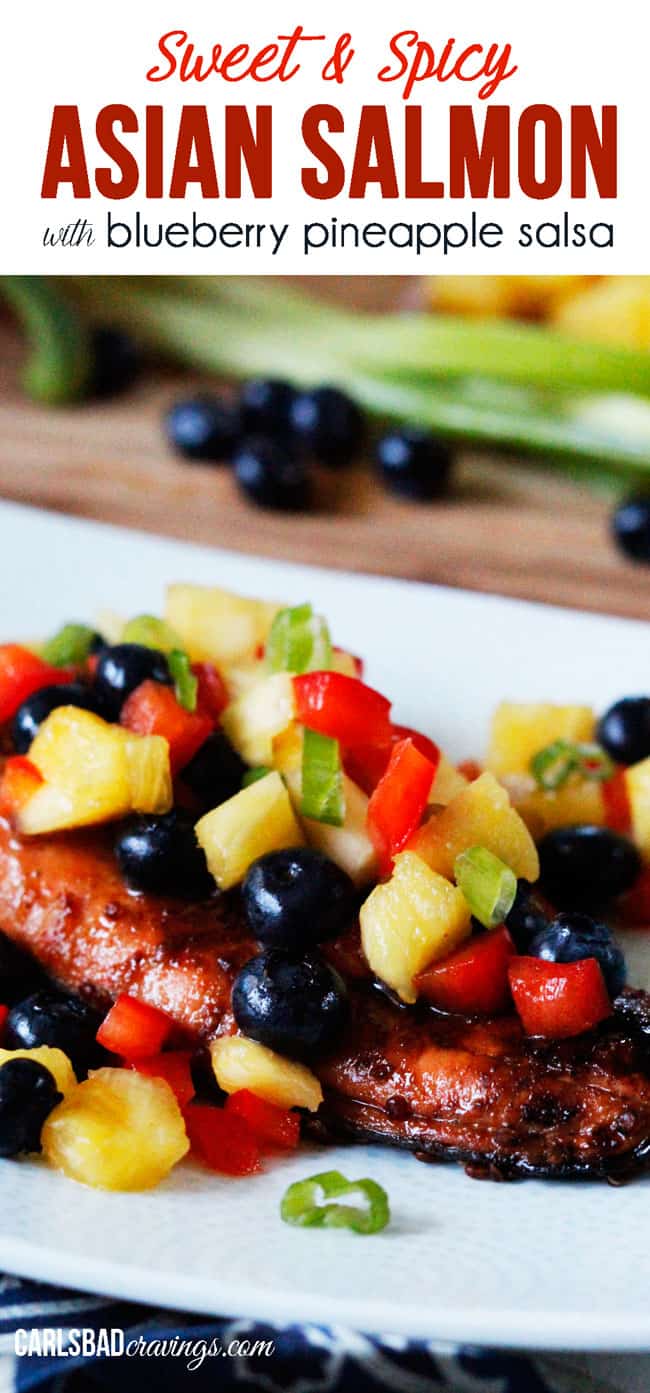
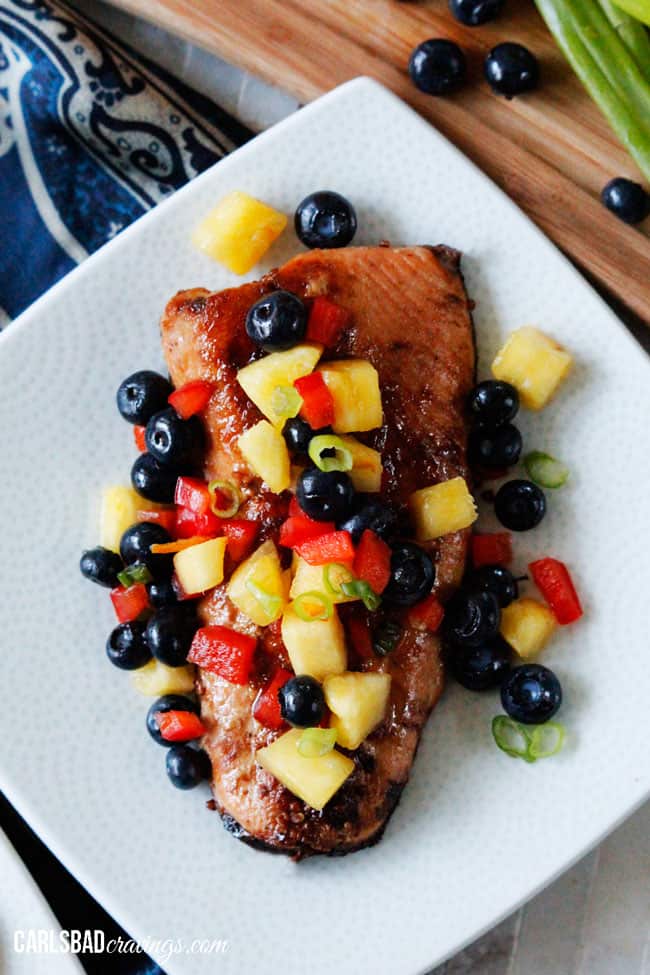

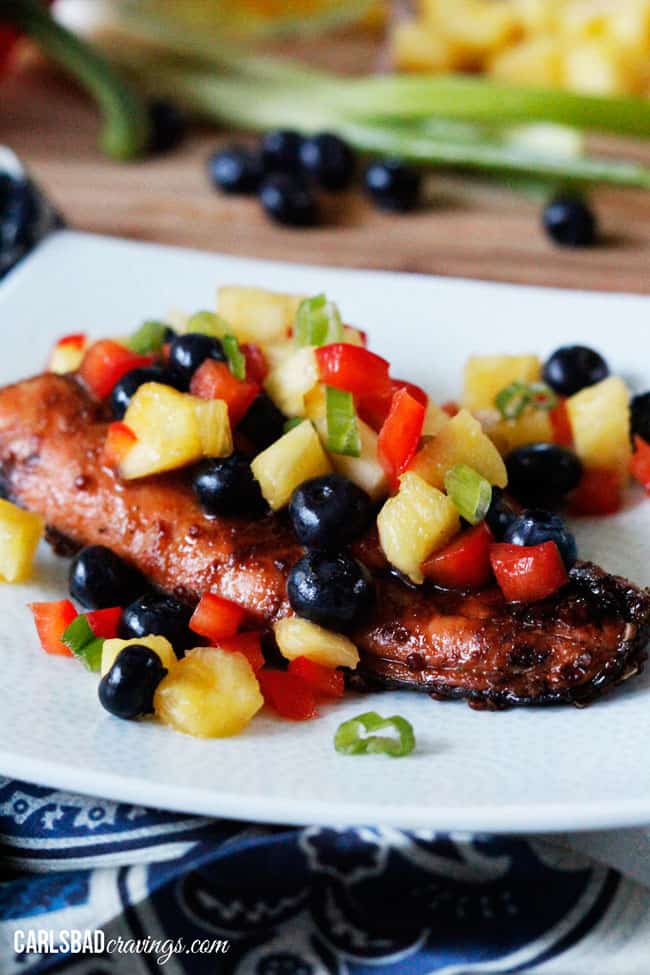
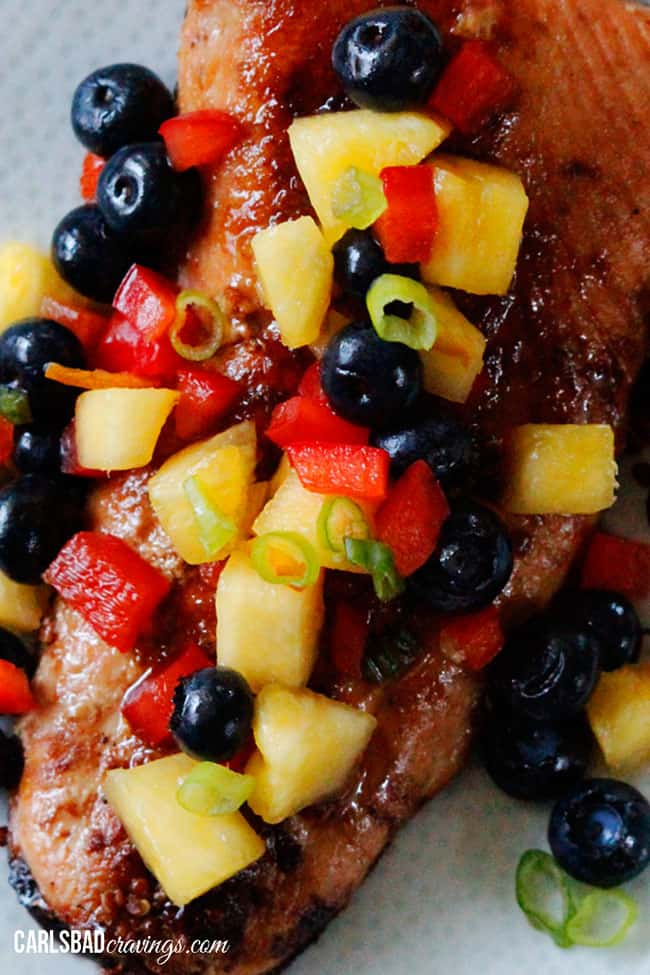
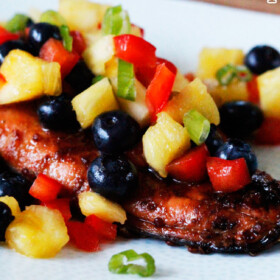
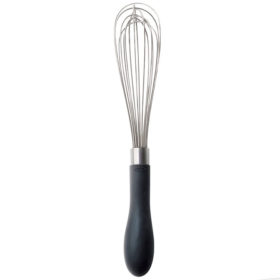
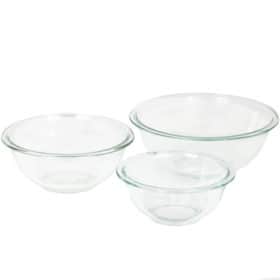
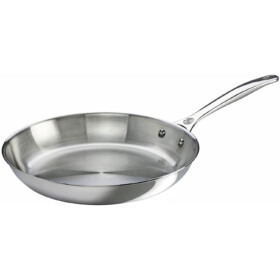
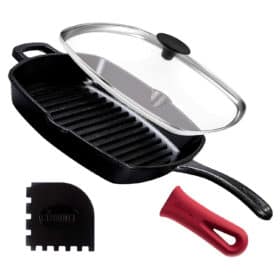
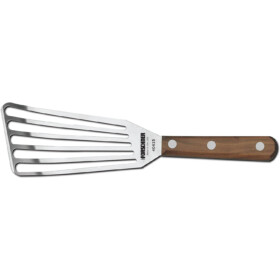
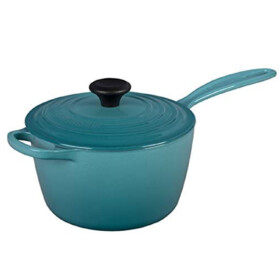
![]()
